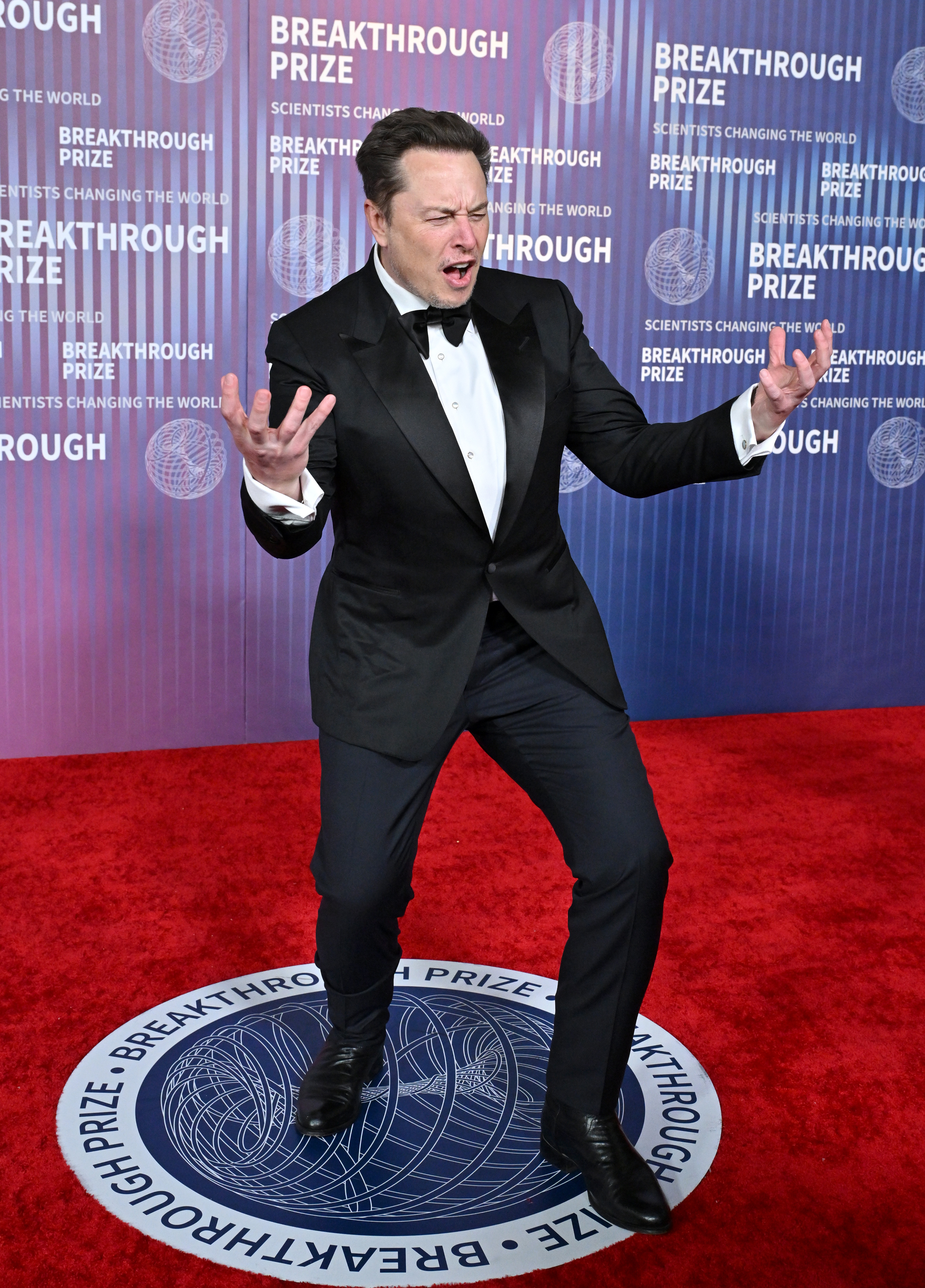Thursday Jul.22, 2021
⚡️ Tesla shares the super charge
_You don't belong here [simonkr/E+ via GettyImages]_
Hey Snackers,
When they say they'll keep your resumé on file, they mean it: the labor shortage has gotten so bad that restaurants like McDonald's and White Castle are reaching back out to applicants... four years after they applied.
Stocks have fully recovered from Monday's plunge, energized by strong earnings yesterday from Coke and Johnson & Johnson.
Juice
Tesla is opening up its Supercharger networks to other EVs — it made "the pizza decision"
It goes down in the TMs... Twitter Mentions. Tesla will be opening its Supercharger network to other EV brands later this year. The major announcement came in the form of an Elon reply in a random Twitter thread (classic).
- By the numbers: Tesla has 25K+ Supercharger stalls across 2.7K locations around the globe. They can recharge up to 200 miles in 15 minutes, and Tesla says the e-juice is cheaper than gas.
- Bye, exclusivity: Tesla has marketed its exclusive charging stations as a major advantage of owning a Tesla. Think: more charging options, shorter lines, and even cappuccinos at Supercharger lounges for Tesla owners.
No such thing as a free juice... Especially freshly pressed e-juice. Tesla owners have the benefit of being able to power up at most EV charging stations — plus Tesla stations. Why would Tesla end its exclusive charging differentiator and make it easier for people to charge other EV brands?
- Charge cash: Even Tesla owners have to pay per minute to use Superchargers. By opening the stations to other EV owners, Tesla can make more charge bucks — and compete with brand-agnostic charging companies like AeroVironment, ChargePoint, and Volta.
- Credit cash: If Tesla opens up more renewable charging stations in the US, it could tap in to new government funding like rebates and clean energy credits. Last quarter, Tesla made $518M from selling regulatory credits to other automakers.
Tesla just made the pizza decision... Bigger slice or bigger pie? Tesla could stay charge-exclusive to grab more slices of the EV pie. Instead, it's sacrificing one of its biggest advantages to accelerate EV adoption. By helping cure #RangeAnxiety with Supercharger access, Tesla can help make the total EV pie bigger. Its slice of the EV market might continue getting smaller — but a smaller slice of a big pie can be more caloric than a big slice of a small pie.
Social
Faced with a similar picture, Snap zooms in while Twitter zooms out
Twitter fingers and Snap faces... Social media earnings season has officially begun. Twitter and Snap report today, so we're diving into a few key differences between the blue bird and the little ghost.
- Users: Snap's daily users jumped 22% to 280M last quarter, while Twitter's jumped 28% to 199M. So far, so similar.
- Revenue: The dollars are close — the growth rate isn't. Snap's quarterly revenue soared 66% to $770M, while Twitter's jumped 28% to $1B.
One ghost, one bird... two different growth strategies. Snap is laser-focused on delivering on its plan to increase annual revenue by 50% for the next few years, so it’s investing heavily in tools to attract ad dollars. Twitter is focused on growing users and engagement, so it's taking a more experimental "see what sticks" approach to its product.
- Focusing in: Snap is focused on growing ad revenue through features like Snap Maps (it's Yelp-ifying it) and Discovery (so many ads). Recent acquisitions — like virtual clothes-fitting app Fit Analytics and the 3D product imaging startup Vertebrae — underscore its goal of improving formats for advertisers.
- Focusing out: Twitter’s investments have been more eclectic. In January, it snagged social audio startup Breaker and newsletter startup Revue in hopes they'd drive engagement. In March, it shut down live streaming app Periscope due to low usage. And it just killed its Stories feature "Fleets" for the same reason.
"Fail fast and make things"... doesn’t always work. Snap’s more focused strategy is panning out better so far: its market cap is nearly double Twitter’s, and its ad revenue grew 6X as fast last year. By doubling down on one product — the camera — Snap has built lasting features for users, which means it can focus more on catering to advertisers. Until Twitter puts its core product into focus, it might continue to struggle to grow its ad biz.
What else we’re Snackin’
- Pill: The US' three biggest drug distributors, plus Johnson & Johnson, reached a landmark $26B settlement over claims they helped fuel the deadly opioid epidemic.
- Cloth: Officials across the US are starting to reimpose Covid mask rules as the Delta variant spreads — now all eyes are on the UK's reopening.
- Shot: J&J's pharma sales, which include its Covid vaccine, grew 17% from last year. Now it expects $2.5B in global Covid vax sales this year.
- OChip: Despite rising demand for cars, BMW and Mercedes-maker Daimler are slowing production due to the global chip shortage.
- Peanuts: United reported its sixth-straight quarterly loss, but shares jumped on an upbeat forecast for air travel demand.
- Hail: Ford and Argo AI will launch self-driving cars with Lyft by the end of the year — five stars for the robo-driver?
Thursday
- Earnings expected from Snap, Twitter, Intel, Domino’s, and Blackstone
Authors of this Snacks own shares of: Snap
ID: 1732280
.png)


.png)
.png)